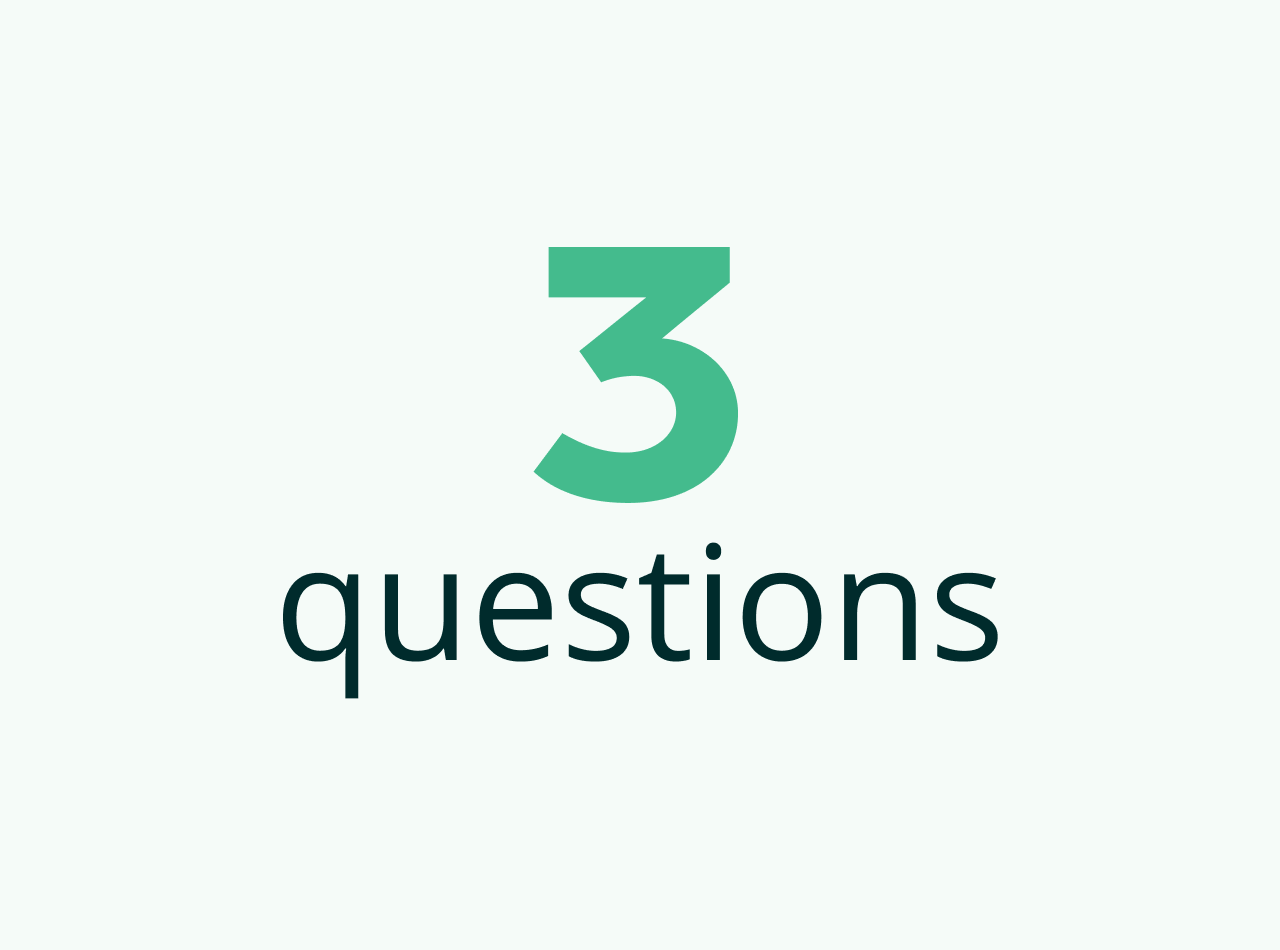As an agent or broker, you are the first line of contact for an employer when benefits strategy meetings come up. Businesses seek your guidance because you have your ears to the ground and are a trusted resource. You navigate the needs of clients while also being aware of legislation and regulatory developments that can affect your proposed solutions.
Armed with this knowledge, you can provide clients with the ability to manage their benefits plans, costs, communication strategies, and compliance obligations. But what happens when your clients want to discuss lowering costs by improving employee health and driving claim spending down? Think of it as untapped potential. You can introduce unmatched strategies that leverage their desire to implement a culture of health to drive measurable health improvements and expense savings year after year. A program that does this will strengthen your established relationships and will help you gain traction with new clients.
Keep reading for the most important questions you should ask any provider or vendor you are considering… call it your secret weapon.
Here’s what you need to know to craft a wellness strategy that makes sense for your client and will help them drive an ROI.
Aligning client goals with proven strategies
As the broker, it is up to you to create a tailored solution that is relevant to your client. There is no one standard way of implementing a program that will improve employee health across the board because organizations have differences in key areas such as:
- Composition of the workforce and health risks within the employee population.
- Current healthcare costs and what employee benefits want to be implemented.
- The alignment of the wellness program to business goals and initiatives.
Clearly identifying your client’s goals plays a vital role in driving success. Because either your client implements a cool wellbeing initiative that nobody participates in or a supercharged program that is supported by employees and creates a sustainable model for employer healthcare. Below are guiding questions you should consider as you craft the solution for your client.
Questions you should ask before selecting a provider or vendor to facilitate your client’s workplace health goals.
What is your client’s motivation behind an employee health program?
Is their end goal to simply drive a cultural health initiative by giving employees options for managing their health? Or do they want to implement a results-driven strategy that will provide measurable value from empowering employees with accountability, resources, and actionable knowledge to improve their health?
How does the provider ensure participation and engagement?
Reason: If the provider can’t show you a sustained rate of participation above 50 percent, then it is more than likely the program only motivates the “already healthy” population. It is difficult for employers to create a culture of health when there is minimal buy-in from employees.
What you should look for: Providers should be confident in providing you with historical data and the methodology they employ to incentivize participation.
Take a look at the motivating mechanisms that drive participation and engagement in the program. Beware of incentives like gift cards for 5k runs or 10,000 steps as research shows these are inefficient program designs. Additionally, the program should include a strategy for year-over-year engagement.
Additionally, the provider must actively make it possible for employees to prioritize their health by offering personalized resources such as one on one health coaches, unlimited telemedicine, and proactive follow up.
Which part of the employee population will see the maximum benefit from this program?
Reason: If the provider can’t provide case studies of the benefits experienced by both the employer (reductions in spending) and the employee (reversal of individual health risks) this is a warning sign. Moreover, a study by the National Bureau of Economic Research found that wellness programs typically attract participation from employees who have healthy habits and fewer medical expenses. Successful employer health programs consider the fact that the ROI for employers goes above and beyond the bottom line. The program should allow employees to live healthier lives so they are able to be productive and present.
What you should look for: The provider should have a system in place which automatically prioritizes the health risks in the employee population and empowers them to take charge of their health. Health is a journey and it must be made relevant for the employees by speaking to their current and potential health risks.
Providers that use a combination of claims information with biometric blood data have the ability to personally engage and drive health improvements.
Bonus Question: Who is accountable for the success of the program?
Reason: A provider that gives you general resources, marketing materials, and reactive follow up is essentially shifting the accountability to you and the employer. The provider has not taken the time to give you a wellness initiative that speaks to the health needs of the employees. Some even go to the point of profiting, whether they drive outcomes or no, which isn’t right.
What you should look for: It is absolutely vital for the provider to be willing to put skin in the game. Undertaking an employee health program that works for the short and long-term is a massive undertaking. But it should not be a one-sided affair. Instead, it should be a partnership based on proven strategies, data, and improvement of individual health.
These guiding thoughts will develop further, and you and your client will be able to gain a clear understanding of what it means to align business goals, employee benefits, and workplace health .
Do you have insights on finding providers and vendors that can support the results they deliver? Please follow us on social media for industry-leading news.




